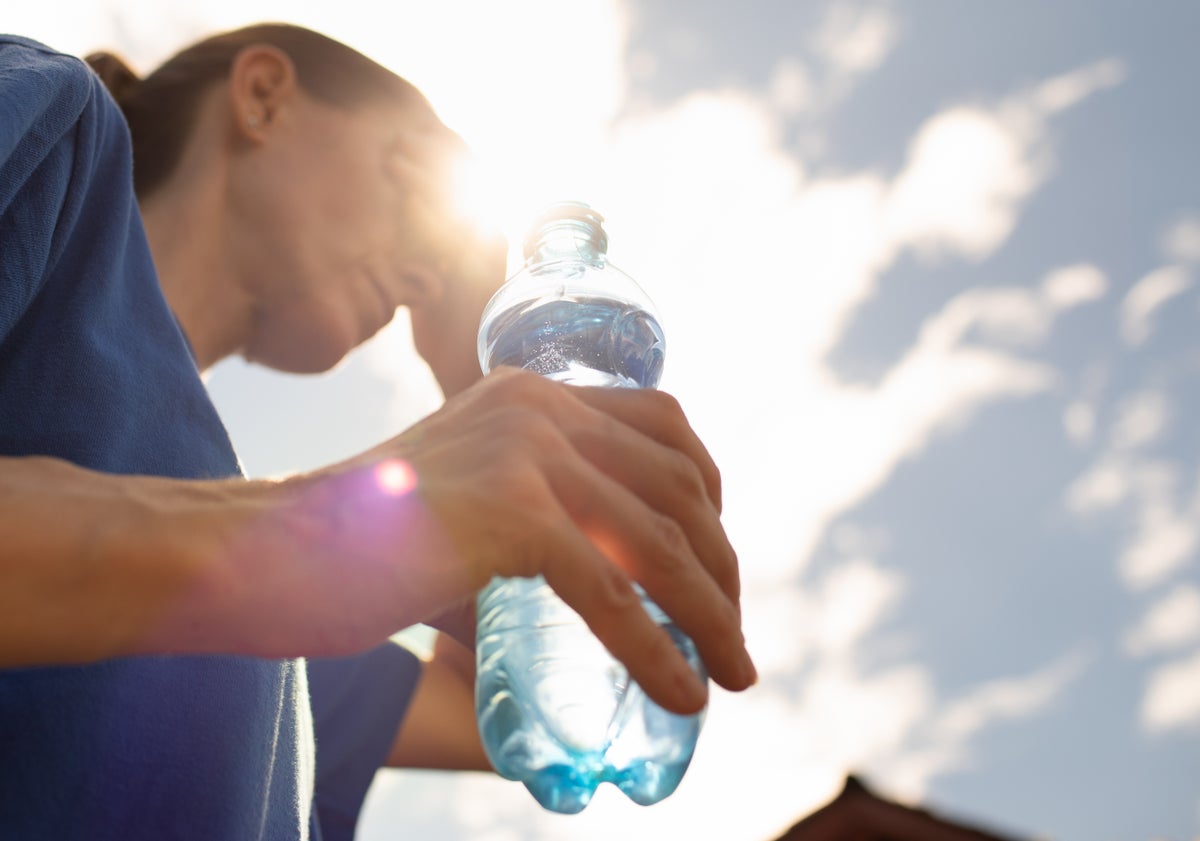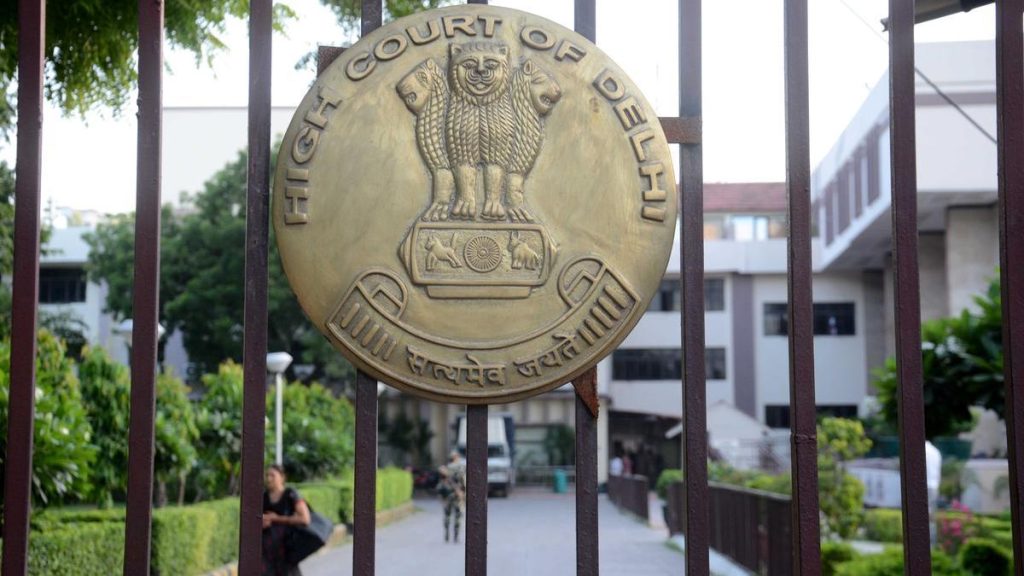Now Reading: Heatstroke and Extreme Heat Linked to Long-Term Damage to Kidneys, Heart, Brain
-
01
Heatstroke and Extreme Heat Linked to Long-Term Damage to Kidneys, Heart, Brain
Heatstroke and Extreme Heat Linked to Long-Term Damage to Kidneys, Heart, Brain

Quick Summary
- Heatstroke occurs due to prolonged exposure to high temperatures, often above 104°F (40°C), causing dizziness, nausea, elevated heart rate, and potentially death.
- Emerging research indicates long-term health impacts of heatstroke across the body.
- Effects on kidneys: Prolonged heat can worsen chronic kidney diseases in hot climates; research shows an annual functional drop of up to 8%.
- Effects on brain: Possible cognitive impairments such as aphasia and neuron damage linked to heatstroke survivors. Heat may also reduce learning outcomes in youth by weakening focus in complex subjects like mathematics. Air-conditioning mitigates this effect.
- Impacts on heart: Increased risk of cardiovascular diseases like ischemic heart disease or atrial fibrillation after experiencing heatstroke. Heart dysfunctions are significant contributors to long-term deaths post-stroke.
- Prevention strategies include acclimatization through safe exposure to moderate heat but avoiding extreme conditions like combined high humidity and midday sun hours.
- Practical measures include hydration breaks, cooling techniques (like splashing water), early/late physical activities, house-cooling methods such as blackout curtains or fans with AC.
- Broader solutions suggested include urban redesign and worker protections against escalating climate change threats.
(Image Caption) Heatstroke can sneak up quickly-its immediate and lingering effects underline the need for vigilance against extreme temperatures.
Indian opinion Analysis
India is among the hottest countries significantly affected by rising global temperatures due to climate change-a fact reinforced by mounting evidence of its health consequences detailed above. India’s reliance on outdoor labor-intensive sectors places both workers and those with preexisting conditions at higher risk of chronic illnesses aggravated by extreme heat conditions.
Efforts rooted in improved awareness about the dangers of prolonged exposure-such as focused public education campaigns around hydration safety practices or government-backed urban adaptations including accessible cooling technologies-could reduce future impacts across vulnerable populations [e.g., rural farmers]. Interventions must additionally target systemic inequities ensuring basic insulation survival for reduced rural-regional aid-use gaps rolledout pragmatically native.r[Economic Adjustment Needed Improved Resilience Govt SafetyBuild better axs plan minimize Logistics scaled-focus vs Crucially Mitigating Urban Future Refinaned policies effect]
[READ FULL Details]























